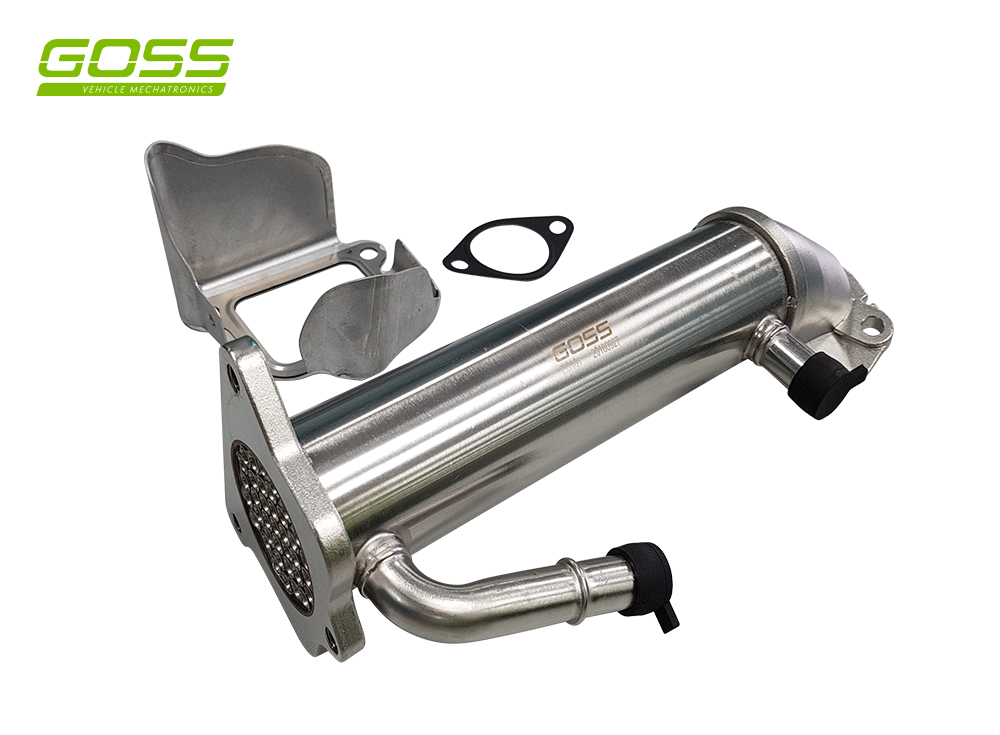News & Info
Ford Ranger EGR Cooler replacement - Get it right
27/07/2022
One of the Achilles heels of this mighty truck is its exhaust-gas recirculation (EGR) cooler. Original units have been known to leak coolant either externally from around the flanged joints on either side of the cooler or internally, with coolant leaking into the engine's intake system, pulled along by the recirculated exhaust gases.
Both of these failures are cause for EGR cooler replacement.
Goss has re‐engineered the PX Ranger cooler and developed a new manufacturing process to produce a superior product less prone to cracking or leakage.
Unfortunately, using a quality replacement part is only half the battle – installation of these units requires additional inspections and a very concise coolant-bleed procedure.
STEP 1:
Inspect the failed unit to determine the cause of the original failure
- A leak due to corrosion will require the cooling system to be flushed before installation of the new unit.
- A split core may have been triggered by over-pressurisation. Be sure to check for cylinder combustion leaks.
- A leaking coolant hose can draw air into the system, resulting in hotspots and poor flow through the cooler.
- Make sure the heater core has not been bypassed. This practice removes a critical part of the cooling system, again resulting in reduced flow through the EGR cooler.
- Check if the EGR valve itself has not been blanked off. The EGR needs to function to ensure correct and efficient cooler operation.
When installing the new cooler, replace the mounting bolts with new units and torque to manufacturer specifications using mild-strength thread-locking compound as they are prone to vibrate loose, causing the cooler to crack.
STEP 2:
Bleeding procedure
Vacuum bleeding is the only way to guarantee there are no airlocks within the system during coolant filling. This will prevent repeat failure of the cooler.
Attach the bleed adaptor to the coolant-fill point and open the air valve. After a few minutes of operation, the coolant hoses will flatten and the pressure gauge will stabilise with a negative value. Close the valve and disconnect the shop air supply.
Monitor the gauge for a few minutes for any rise in pressure. This indicates an air leak that must be rectified before continuing. If the gauge remains at negative pressure during this interval, the refill process can begin.
Keep an eye on the coolant level in the fill container – do not let the suction hose lift air or you will need to start again. When the gauge rises to zero, the system is full, with no air locks. Start the engine and allow it to warm up.
Confirm the thermostat opens by checking temperature at both top and bottom hoses. Remember to recheck for any leaks through a full temperature cycle of the cooling system.
Goss is a leading provider of genuine alternative aftermarket and original equipment supplier (OES) parts. With more than 75 years of experience developing and sourcing some of the world's leading OES and aftermarket parts, the company offers workshops a genuine alternative.
For more information contact us via;
Phone: 03 8792 6999
Email: sales@goss.com.au
Back to Articles


